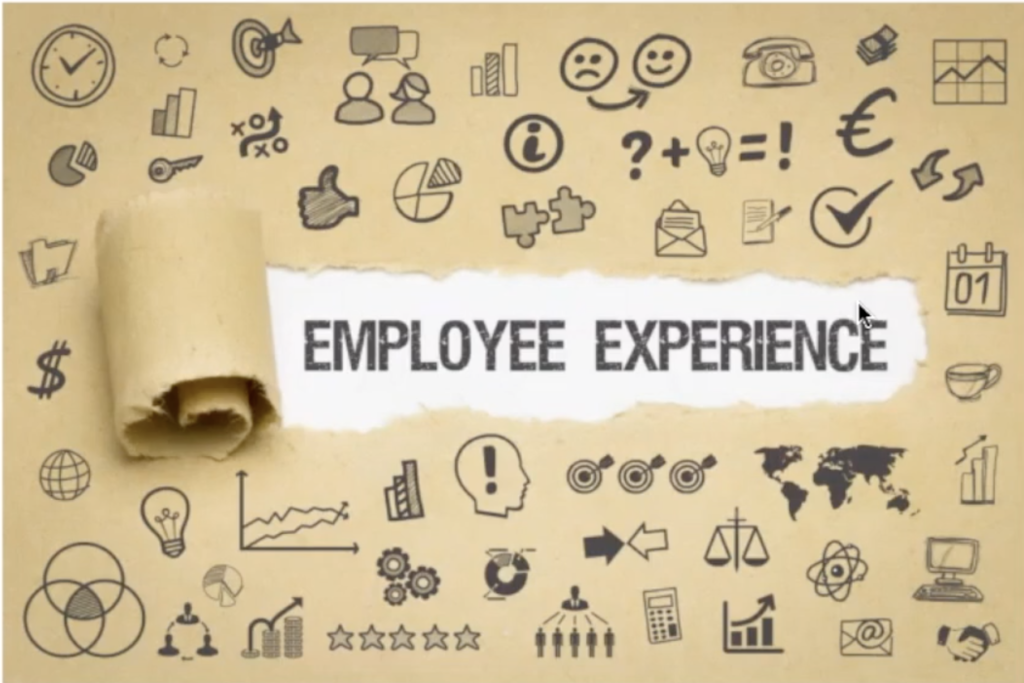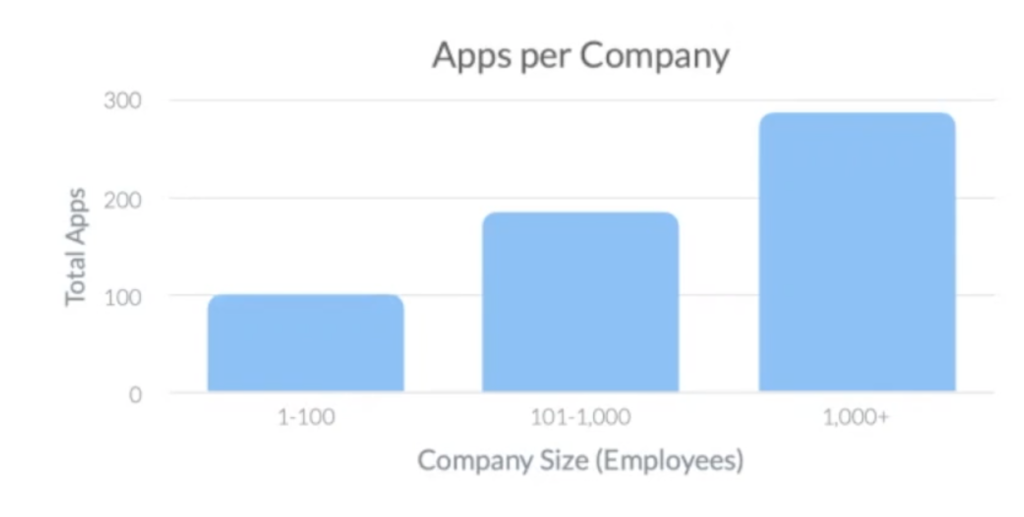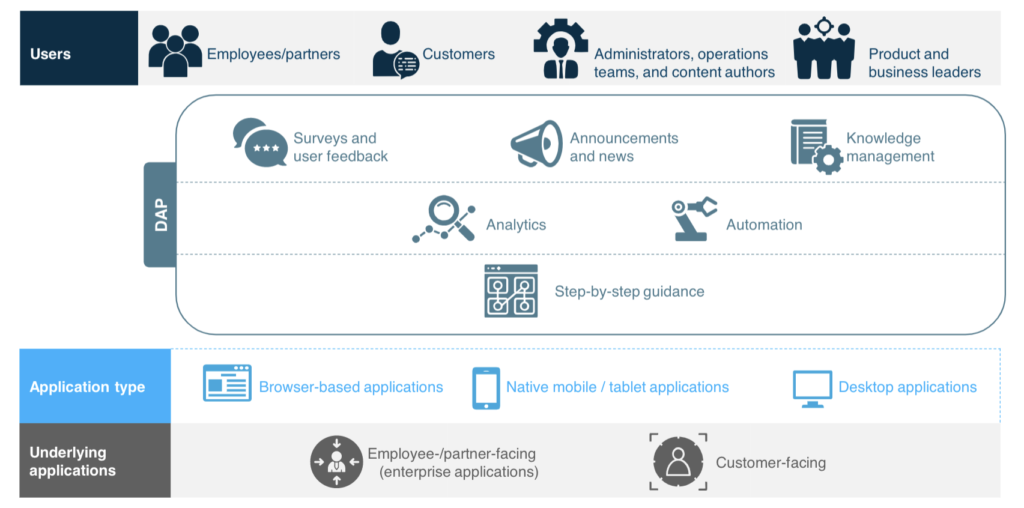For the longest time, the employee lifecycle was viewed as a continuous journey that began with attracting talent to the organization and ended when they leave. However, occasions have a disproportionately large impact on how an employee sees their experience in the organization. These are the crucial moments an employee experiences in an organization, and they must be managed well.

Similarly, there are moments that stick out and impact an employee’s perception of their job experience. Also, there will be moments that come to mind if you look back on your own experience at your present or prior organizations. Some of these may be common. However, there may be some that are more specialized to your role or to that organization. An example might be the moment a member of the sales team closed a particularly challenging contract or the moment a product manager shipped their first product. While a new company’s first day should be exhilarating, it should also be exhausting. Can we design a tailored onboarding experience for employees, such as a greeting video that appears when they open their email or Microsoft Teams, followed by a guided tour of everything they need to know to become familiar with the organization and its digital ecosystem? In most circumstances, performance reviews are held once a year or twice a year. They entail a variety of tasks performed on complicated SCM programs that employees rarely remember. For any employee, the experience can be intimidating, and can we make it easier for them by helping them through the procedure step by step?

It’s not about the journey so much as it is about them. These are some more moments that are important to everyone. And it is at this point that all leaders and managers, regardless of function, must focus on improving the digital workplace experience. They’re the ones who know their teams best or have easy access to data that can help them recognize the key events in their teams’ lives. They can also gain a better understanding of the critical applications for business functions, as well as how timely interventions can transform what is true or into an opportunity to delight, resulting in a digital workplace experience that not only enhances and engages your employees, but also has a direct impact on the team’s productivity.
We’ve moved past the days when your company’s HR department was solely responsible for the employee experience. Now, on the bottom layer of the screen, you’ll notice the many business programs that your employees utilize on a daily basis. They could be web interfaces, client desktop applications that don’t require the internet or mobile devices. At the very top, the top layer encompasses all of your employees who utilize these many business tools, as well as your customers, vendors, suppliers, and others who use these various business applications. The digital adoption experience layer is in the centre. The coaching, training, on-demand support, announcements, service analytics, and other services are provided by the digital adoption experience layer.
Organizations are now experimenting with a training idea called learning in the flow of work, in which employees are provided with an onboarding task list within the application. So, when a new employee enters the company, the digital adoption platforms assist their onboarding. By beginning with a task list in the system, employees are able to identify and execute the most important activities they need to complete in the coming week, weeks, or months. All of this is dependent on their position in the organization, their role, and their location within the application. In addition, they are provided with a guide builder that is incredibly simple to use and does not require any coding.

Is additional technology the answer to improving the digital office experience? Maybe. What is crucial, though, is determining how you can provide the best experience to your employees using your company’s IT stack. Because every application undergoes many changes in a year, whether the application itself has changed, the user interface has changed as part of a new release, or business processes inside their application chain, adapt to changes in existing ones. As a result, assisting your employees in acclimating to new applications, adapting to changes in the old ones they’ve been using, and engaging them in the one they’ll most likely spend a lot of time on is critical.
Arijeet is the Associate Director of sales at Whatfix. Over the last 10+ years, Arijeet has helped many organizations in automating their HR business processes. The last 3 years have specifically been related to automating the onboarding, learning, refresher training, and employee productivity of organizations across EMEA.
Copyright © 2025 Whatfix. All rights reserved
This website is owned and operated by Whatfix Private Limited (Formerly known as Quicko Technosoft Labs Private Limited)